Explore our projects & studies
Explore our projects & studies
From Artificial Intelligence to Human-Computer Interaction and Software Architecture, our research team tackles complex problems across many domains. We seek at providing the best of modern technology for public services, health-care and industry.
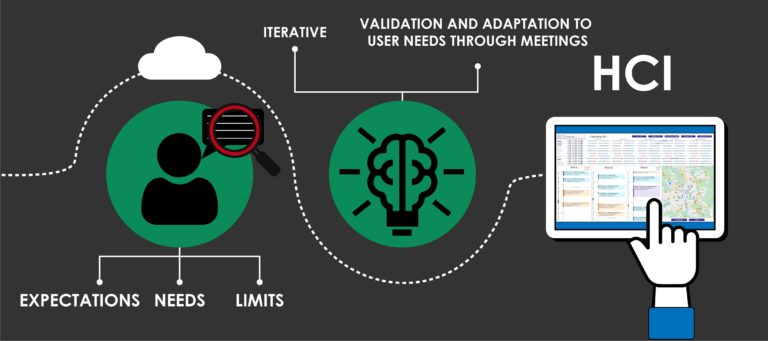
BL.Optim, a better visualization for a better organization
Scheduling staff interventions can easily become a hard work with all the constraints to consider (working time, required skills, localization…). So our team worked on an optimized engine which generates a relevant schedule according to the constraints and standards added by the user (see the corresponding articles for CARL Source
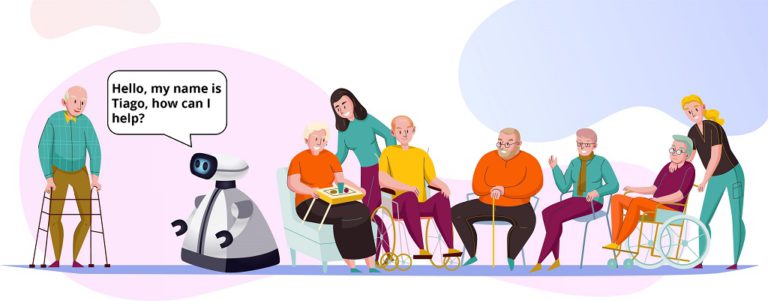
Meet Tiago : The future elderly’s best friend
Since August and this article explaining the context and the methodology, our team has used to co-design a social mobile robot with healthcare professional; Tiago has grown up.He has been designed to help and entertain elderly people but also to support caregivers in health services and institutions (EHPAD, day care,
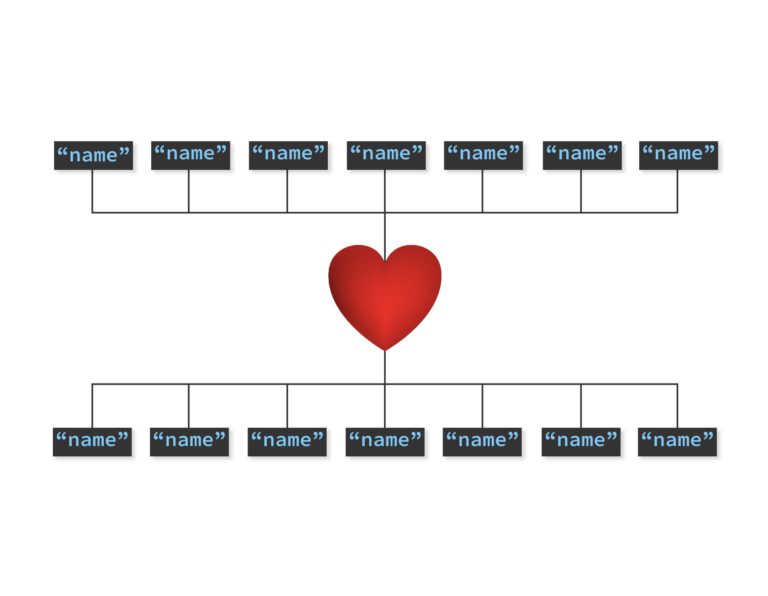
Semantic Mediation for Data Exchange
In the current socioeconomic context, companies must work together. Interoperability, which is the action to work together through systems is an unconditional factor to do so. To work, the information shared needs to be compatible. Information can be incompatible when they’re built differently by people or systems.Mediation goal is to
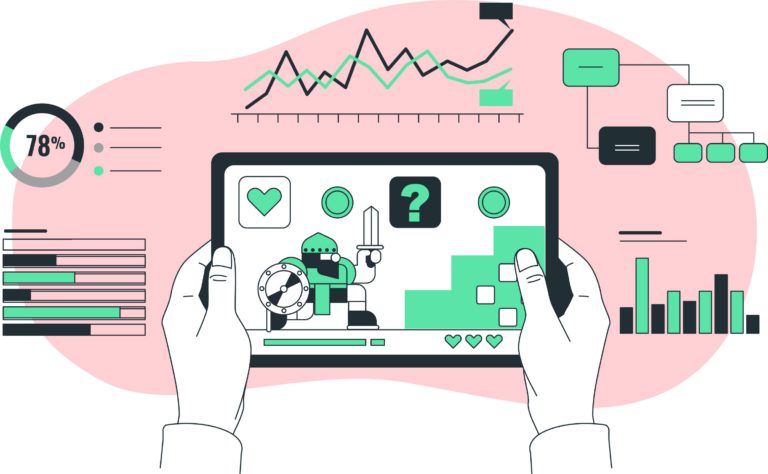
Using an interactive information visualization to improve administrative management workflows
The time spent processing administrative requests has an impact on citizen satisfaction. Improving administrative workflows is therefore an important objective for town halls. A workflow is made of a starting point, several parallel or sequential process steps (containing one to several actions, and a theoretical completion time) and decision points
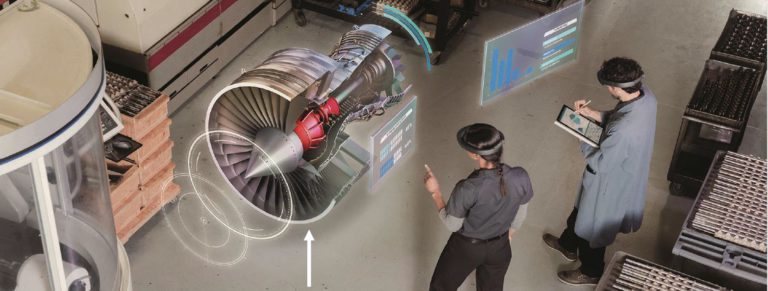
Augmented Reality to help remote assistance
We’ve all been in this situation, doing a manual job while following instructions (to realise a recipe or building your new furniture for instance). How pleasant would it be to have your hands free while processing the actions list?Augmented Reality allows integrating 2D or 3D virtual elements (visuals, acoustic…) to
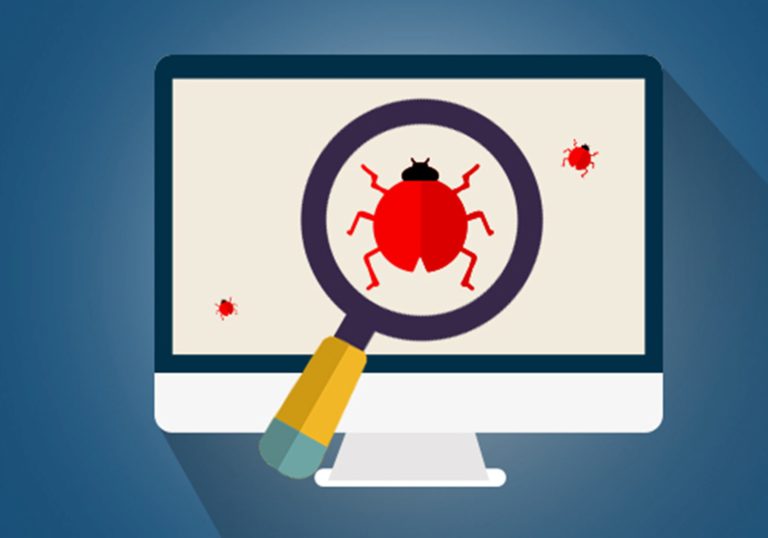
Software testing hyper automatization with Artificial Intelligence
Nowadays, societies evolve at a fast pace. These evolution involve changes in our tools. It’s the case with software, they must evolve and stay updated to answer our needs. But, how to make sure software answer our needs despite evolution? A popular and effective way is testing. A test will
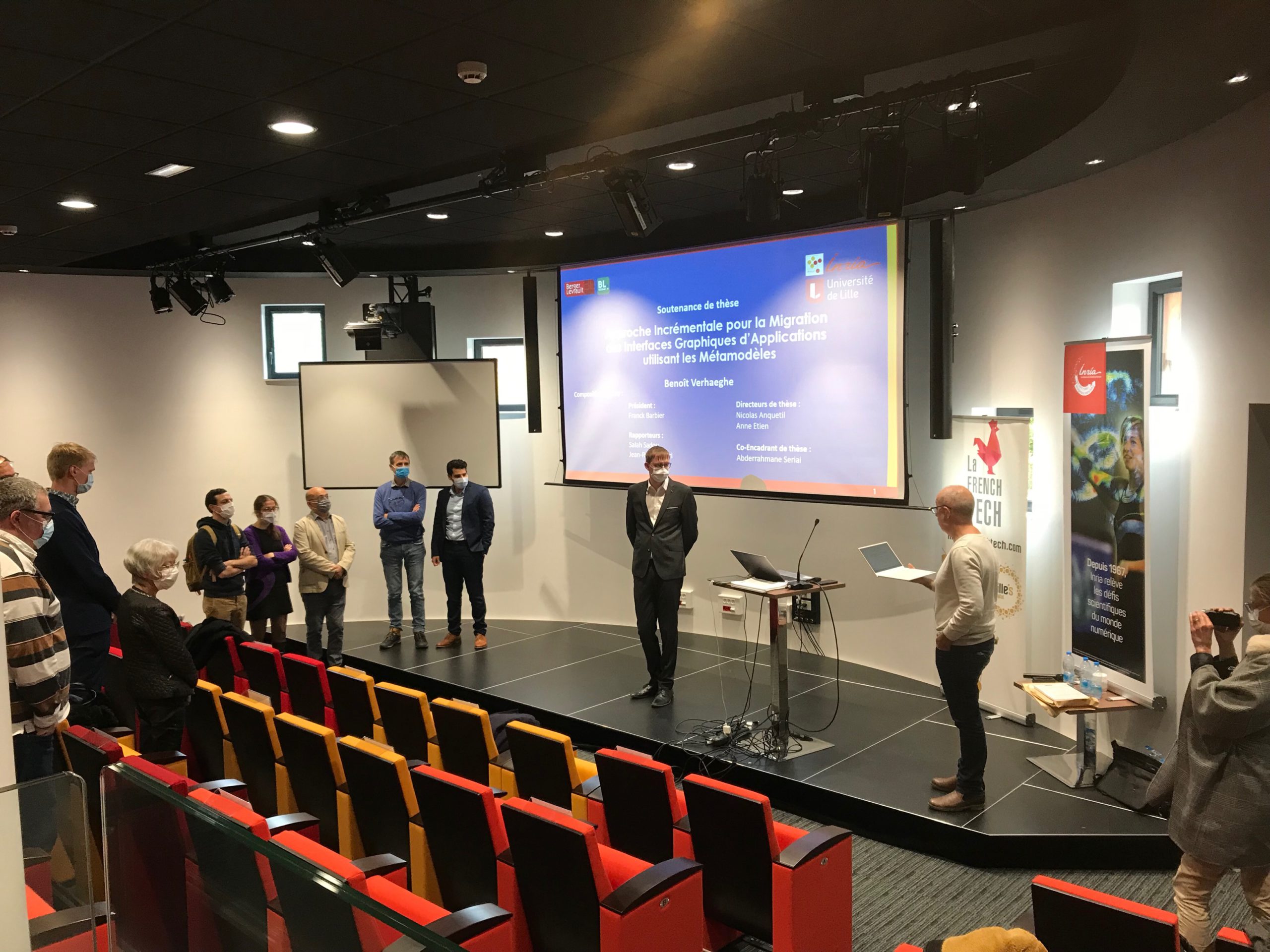
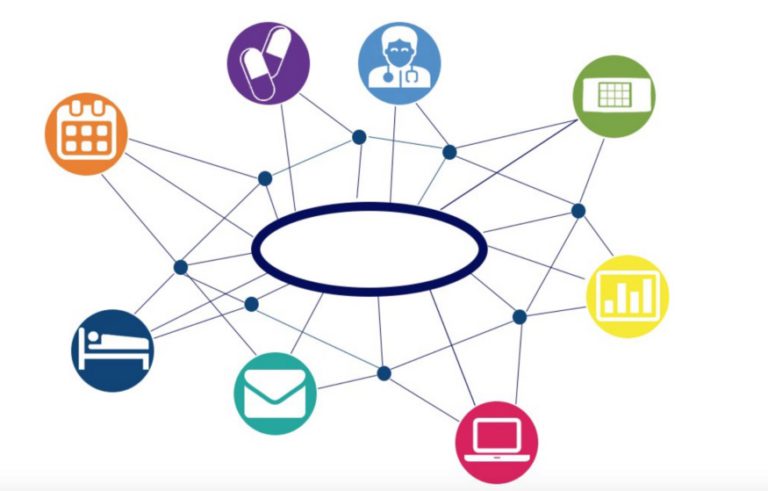
BL.MOM Connector Generation – Part 2
Figure 1. Global architecture of BL-MOM Connector Generator Figure 2. Interoperability contexts catalogue Figure 3. Creating a new connector Figure 4. Integrated AsyncAPI editor and schema documentation Figure 5. Generated message schema documentation – according to the AsyncAPI specification Figure 6. Manually written code on the left side Vs generated

Migrating internationalization files
During my Ph.D. migration project, I consider the migration of several GUI aspects: Visual, Behavioral and Business. These elements are the main ones. When perfectly considered, you can migrate the front-end of any application. But, we are missing some other stuff 😄 For example, how do you migrate i18N files? In this post, I’ll present how to build a simple migration tool to migrate
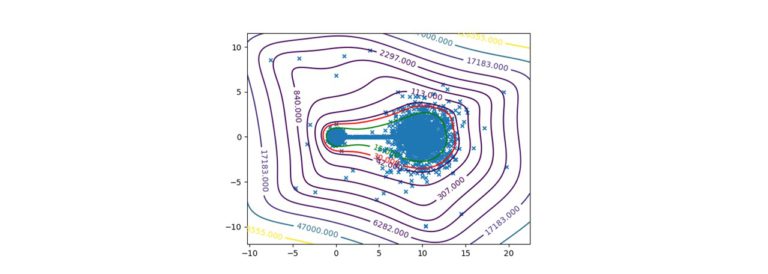
How to apply Christoffel-Darboux kernel on online anomaly detection with few parameterization
Incremental properties Kevin Ducharlet is Ph.D. Candidate in the DRIT team. Since a year and a half, he started his thesis entitled: “Certification and confidence in sensor data: detection of outliers and abnormal values in time series.” Sensor data are generated using devices which measure a physical asset’s behaviour. These
